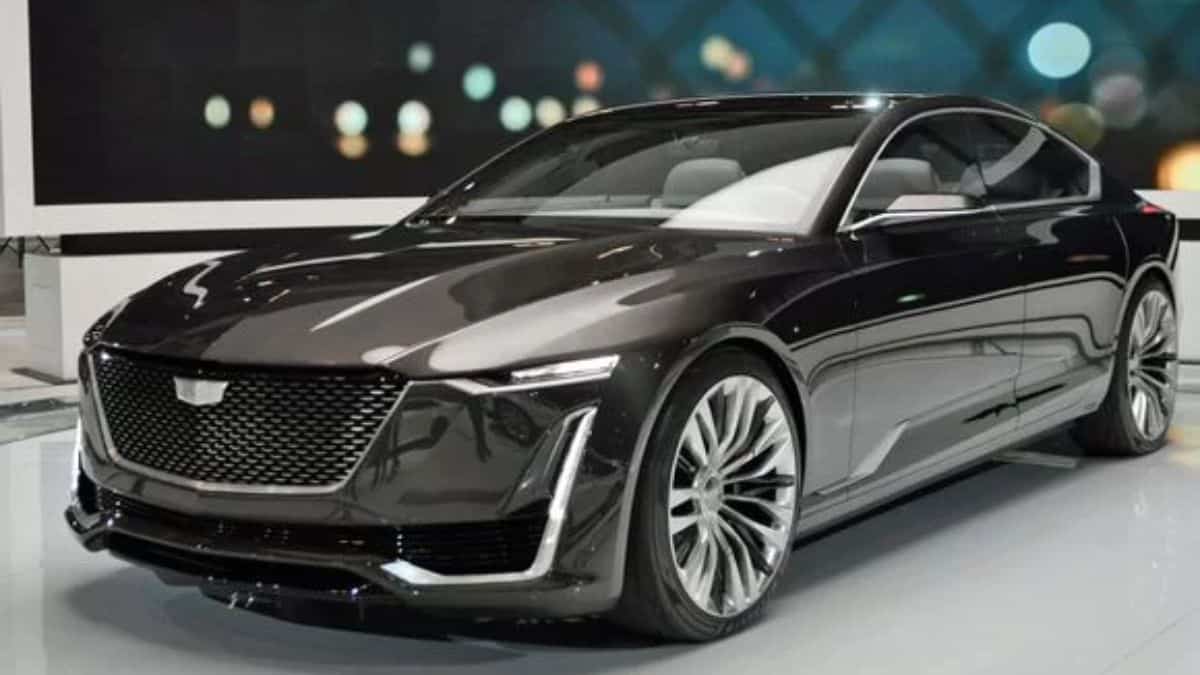Get ready for Ultra-Luxury Electric Sedan Cadillac Celestiq

The Cadillac Celestiq, a $300,000 ultra-luxury electric automobile that General Motors claims is the most Cadillac Cadillac ever Cadillac, was finally unveiled after a year of teasing.
The Celestiq’s rear end has four sets of angular brake lights, two of which are on each side and extend to the wheel wells. It will undoubtedly be Celestiq’s most distinctive—and divisive—design feature.
The Celestiq is oddly referred to by GM as a “show vehicle,” suggesting that it is only a bespoke creation meant for public exhibition and not for sale. It is intriguing that GM feels the need to draw that distinction, even if it does not necessarily imply that there will be significant alterations once the production version is unveiled.
There isn’t much new information given, other than the fact that it is receiving its first moment in the limelight. The majority of the important specifications, such as range, battery capacity, charge time, and acceleration measures, are being withheld by GM since it’s only a show car.
Instead, the carmaker is emphasizing the high-tech features that are designed to set this Cadillac apart from the others, as well as the Celestiq’s customized character (each car will be individually manufactured, and Cadillac is only intending to produce about 500 vehicles a year). We should learn more specifics once the production version is unveiled later this year.
This includes the 55-inch pillar-to-pillar digital display with “electronic digital blinds,” which according to GM is an active privacy feature that allows passengers to watch films while obstructing them from the driver’s vision. The Celestiq is presented as an EV suitable for royalty (or maybe just the really affluent) thanks to the interior’s crimson leather upholstery.
Modern EVs frequently have panoramic glass roofs, and GM’s “Suspended Particle Device” technology allows for modular adjustment of this feature. This carries on the concept of customization, personalization, and privacy by allowing each vehicle occupant to choose their own level of transparency.
GM’s new Ultra Cruise sophisticated driver-assist system, which the carmaker claims will cover “95 percent” of driving situations on 2 million miles of roadways in the US, will be installed for the first time in the electric sedan, which is anticipated to make its debut in 2023. Additionally, the system is the first to make use of Qualcomm’s new Snapdragon Ride Platform, which will have the computing capability of “a few hundred” personal computers.
Additionally, GM’s plans for the Celestiq’s manufacture are becoming clearer to us. The manufacturer is to spend $81 million to support its assembly at GM’s Global Technical Center in Warren, Michigan, which was built on land that renowned Finnish architect Eero Saarinen initially planned for a university. Since the center’s opening in May 1956, the Celestiq will be the first production car made there.
GM initially unveiled the Celestiq to a select group of journalists at its EV Day event in early 2020, but it is just now making the lavish EV’s complete photos public. The Cadillac Lyriq, which only started manufacturing earlier this year, is supposed to be paired with the Celestiq.

